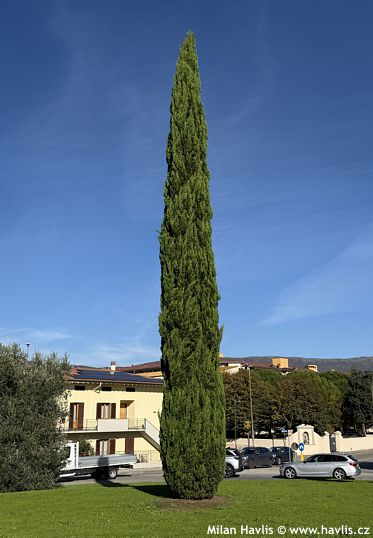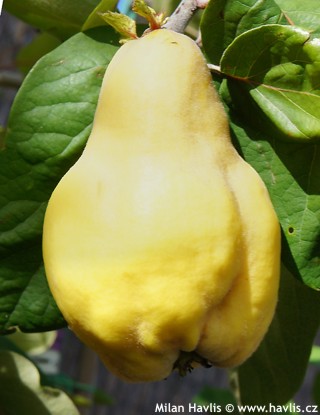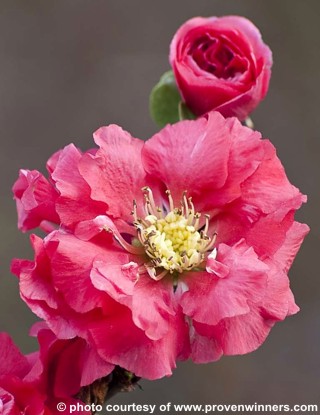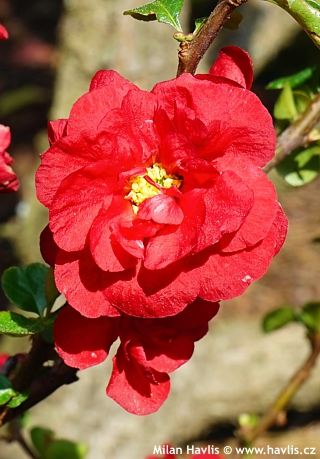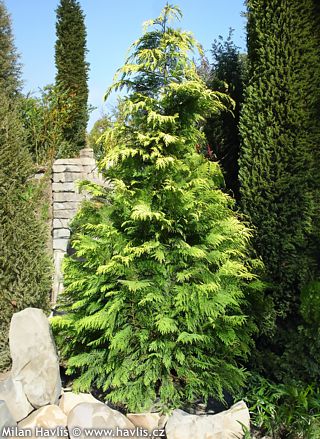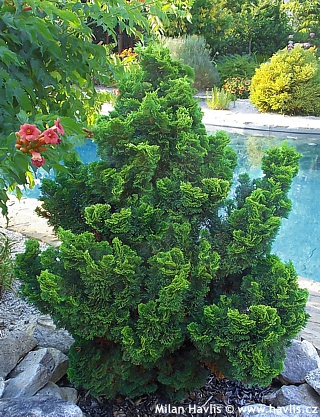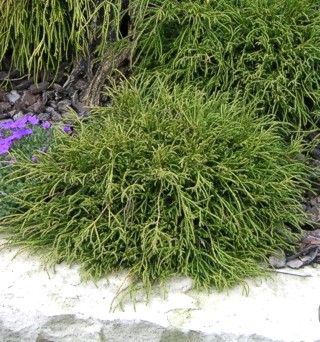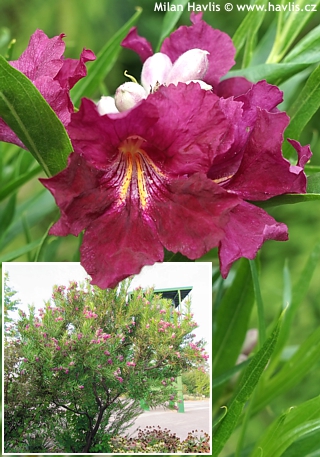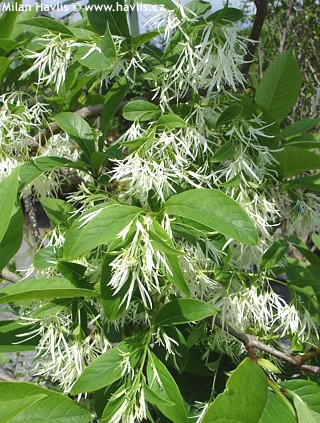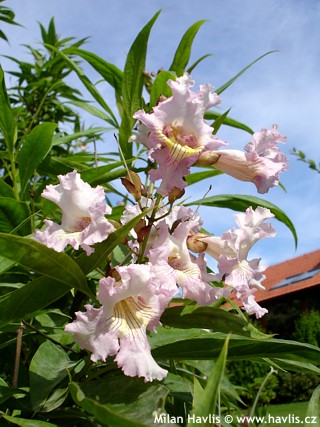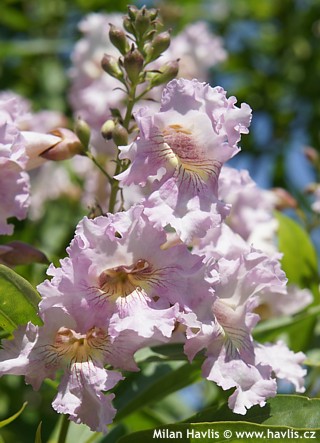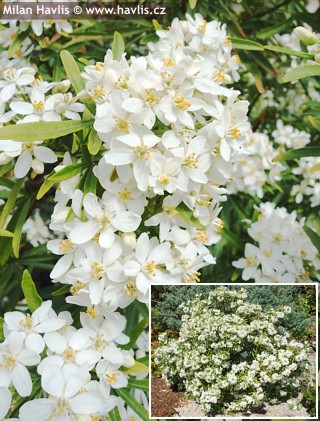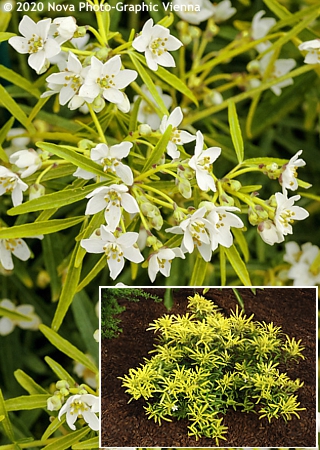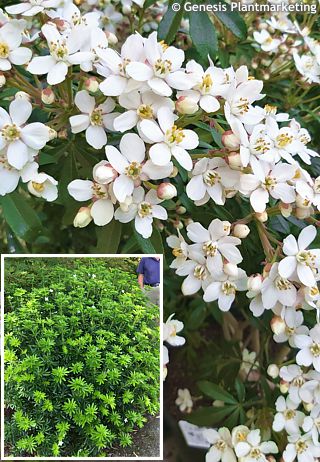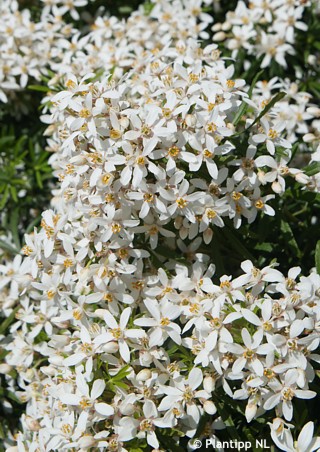CURRENTLY IN STOCK:
Scotch heather is a genus of one species of evergreen shrub from N. and W. Europe to Siberia. They are low and spreading or ground-covering plants that are easy to grow and produce awesome displays when flowering from late summer until late autumn. There are more than 500 varieties to this date and ...

VIII - XII

0,2 - 0,4m

0,2 - 0,5m

full sun

5 (down to -29°C)

for zone 5+6

for zone 7
Although this incense cedar is one of the most sought after conifers of the south, it seems to perform much better in Czech climate thanks to cold and wet winters. It needs a lot of sun in summer though to keep its varigated leaves golden. Though, if the sun is not as hot as in the Mediterranean, fo ...

5 - 10m

full to partial sun

5 (down to -29°C)

for zone 5+6

for zone 7
Marsh marigold is our native perennial, naturally occurring from Central to North Europe as well as in North America and North Asia. It loves boggy and constantly moist locations in full sun. It is very variable and during a spring walk you can find several plants of slightly different appearance, y ...

III - V

0,2 - 0,4m

0,3 - 0,6m

full sun

5 (down to -29°C)

for zone 5+6

for zone 7
Aphrodite is a beautiful, large-flowered sweetshrub hybrid between c.chinensis and c.occidentalis. The flowers are often compared to magnolias - both in shape and size. They are 7-9 cm across, rich crimson to burgundy red, and appear with the first hot days of May, and continue blooming until late J ...

V - VIII

3 - 4m

2 - 3m

full to partial sun

7 (down to -23°C)

for zone 5+6

for zone 7
This easy to grow shrub has many names and all of them say something about the beautiful perfume of the flowers: sweetshrub, strawberry shrub, or even pineapple shrub. They really smell like a few types of fruit: strawberry, apple, and even melon. Sweetshrub is native to much of the eastern USA and ...

V - VI

1,5 - 2,5m

1 - 1,5m

full sun

5 (down to -29°C)

for zone 5+6

for zone 7
Venus is one of the fascinating inventions which followed Richard Hartlage’s breakthrough with hybridizing sweetshrub species in early 1990’s. This variety was bred by Dr. Thomas Ranney of the Mountain Horticultural Crops Research Station in Fletcher, NC, USA, and patented in 2005 under ...

V - VII

1,5 - 2,5m

1 - 1,5m

full to partial sun

7 (down to -23°C)

for zone 5+6

for zone 7
Hartlage Wine is an interspecific hybrid sweetshrub bred by Richard Hartlage in 1991, a former student of NC State University, USA. He managed to cross calycanthus floridus and sinocalycanthus chinensis. The result is a very floriferous deciduous shrub with quite large 6.9-8.5 cm across flowers. The ...

VI - VIII

1,5 - 2,5m

1 - 1,5m

full to partial sun

5 (down to -29°C)

for zone 5+6

for zone 7
Ashton’s Pride is an autumn flowering camellia from the Ashton series bred by dr. Ackerman. It is a cross between a very hardy species camellia oleifera (cv. Plain Jane) and camellia sasanqua (cv. Santozaki). It produces medium large, 6-8 cm wide, soft pink, single flowers with yellow stamens ...

IX - XI

1,5 - 2,5m

1,5 - 2,5m

semi-shade to shade

6b (down to -21°C)

for zone 5+6

for zone 7
Sarastro is a perennial bellflower of compact habit and with huge flowers which can measure up to 8 cm. They are rich violet-blue, opening from stiff, pending, dark violet flower buds from mid June for at least 2 months. If pruned by a half or two thirds after the main flowering it produces shorter ...

VI - IX

0,5 - 0,6m

0,3 - 0,5m

full to partial sun

4 (down to -34°C)

for zone 5+6

for zone 7
Probably the most eye-catching version among trumpet vines is this Chinese campsis.
The flowers are large and spectacular: 7-9 cm wide, salmon pink with a clear yellow throat. In colder zones and locations with less sun they may turn deeper salmon-orange. In order to keep its pinkish colour we str ...

VII - IX

1 - 3m

0,5 - 1m

full sun

7 (down to -23°C)

for zone 5+6

for zone 7
This is the species of trumpet creeper that comes from North America and has deep red flowers. They are trumpet-shaped, 5-6 cm long. Flowering begins in early July and strong, well-established plants keep on blooming until the first frosts. Pinnate leaves are large, deciduous, mid to dark green, may ...

VII - IX

3 - 6m

1 - 2m

full sun

4 (down to -34°C)

for zone 5+6

for zone 7
This is the species of north-american trumpet creeper trained into a tree with a real stem. It bears terminal cymes of rich red, trumpet-shaped flowers from early summer until the first frosts. Pinnate
leaves are deep green and enhance its tropical appearance.
Being originally a climbing plant it ...

VI - IX

2 - 3m

1 - 2m

full sun

4 (down to -34°C)

for zone 5+6

for zone 7
In 1893, in a nursery near Milano, Italy, Tagliabua brothers made a beautiful cross between North American radicans and Chinese grandiflora, which inherited hardiness from the west and large flowers from the east. The flowers are 7-9 cm wide, orange red with yellowish-throat. The buds form a raceme ...

VII - IX

3 - 6m

1 - 2m

full sun

5 (down to -29°C)

for zone 5+6

for zone 7
INDIAN SUMMER® is one of the latest varieties among trumpet creepers. It is a successful cross between c.tagliabuana and c.radicans that originated in the Netherlands and was patented in the USA under the name Kudian.
It blooms abundantly from early July until the first frosts if the plant ha ...

VII - IX

1 - 1,5m

1 - 1,5m

full sun

5 (down to -29°C)

for zone 5+6

for zone 7
INDIAN SUMMER® trumpet creeper has been winning all sorts of awards since 1998. It is a successful cross between c.tagliabuana and c.radicans bred by Hendricus Jacobus Maria Kuijf from the Netherlands. US plant patent PP13139 was granted in 2002.
It blooms abundantly from early July until the ...

VII - IX

2 - 4m

0,5 - 1m

full sun

5 (down to -29°C)

for zone 5+6

for zone 7
Pea tree is a low-maintenance plant which is also often grown in very inhospitable locations because it can take almost anything: hard frost, dry soil, full sun, wind and absolute neglect.
Walker is a variety commonly grafted on short or medium-sized stems with weeping branches. Its deciduous lea ...

V - VI

1 - 2,5m

0,5 - 1,3m

full sun

2 (down to -45°C)

for zone 5+6

for zone 7
New Zealand sedge is an evergreen perennial grass, usually featuring brownish foliage. Bronze Form is an upright growing variety with thin leaves in pale reddish-brown colour with bronze or orange hues. Only side leaves arch a little. They combine well with broad-leaved perennials with contrasting f ...

0,3 - 0,4m

0,3 - 0,4m

full to partial sun

7 (down to -23°C)

for zone 5+6

for zone 7
Frosted Curls is a tufted, evergreen New Zealand hair sedge variety with narrow leaves that curls at tips. The leaves are light green in spring and summer, after flowering in late summer they turn light sandy yellow, and finally in winter they are soft bronze.
This sedge is a low-maintenance grass ...

0,2 - 0,3m

0,2 - 0,4m

full to partial sun

7 (down to -23°C)

for zone 5+6

for zone 7
BUNNY BLUE™ is a unique variety of creeping sedge, bred by Head Ornamentals Inc. from Seneca, South Carolina, USA, but surprisingly patented only in Europe (EU 36925 of 2014), not in the US. You can recognize it at once by its unusually blue-green leaves, which are conspicuously wider than on ...

0,2 - 0,3m

0,3 - 0,5m

semi-shade to shade

4 (down to -34°C)

for zone 5+6

for zone 7
Japanese grass sedge is an evergreen species of ornamental grass native to central and southern Japan. Irish Green is a pure green gem among variegated sedges. It makes 1-1.5 cm wide, strap-like leaves that are erect and only slightly arching, leathery but not so sharp, 30-40 cm long, dark green on ...

0,3 - 0,4m

0,3 - 0,4m

full sun to shade

5 (down to -29°C)

for zone 5+6

for zone 7
Japanese sedge is a perfect companion plant for evergreen arrangements because this grass-like perennial remains in leaf all year long. Evergold is a variety with linear, narrow leaves that are creamy yellow in the centre and have dark green margins. It is a well-behaved plant not spreading througho ...

0,2 - 0,3m

0,2 - 0,3m

semi-shade to shade

5 (down to -29°C)

for zone 5+6

for zone 7
Pendulous sedge is another beauty in this large sedge family. It is an evergreen grass whose native habitat covers almost all parts of Europe from Portugal to Sweden and can also be found in hot areas such as the Azores, northwest Africa, and even the near Middle East. Nowadays, you can also find th ...

V - VI

0,4 - 2m

0,4 - 1m

full sun to shade

4 (down to -34°C)

for zone 5+6

for zone 7
Monumentalis is a unique version of hornbeam with strictly conical shape and very slow growth rate. Leaves are bright green and cover the whole of the plant. Even after they fall the tree remains very attractive with its regularly growing branches making a bonsai appearance. No pruning or trimming r ...

1 - 3m

1 - 1,5m

full to partial sun

4 (down to -34°C)

for zone 5+6

for zone 7
Pendula is a weeping form of hornbeam. Mature plants make gracious looking specimens with irregularly weeping or cascading branches. Their crowns are usually not too symmetrical providing a unique appearance for every plant. Naturally the crown grows slowly into a large, umbrella-shaped head with br ...

2 - 4m

2 - 6m

full sun

4 (down to -34°C)

for zone 5+6

for zone 7
One of the original trees found in natural woodlands of Europe is hornbeam. Varieties of this deciduous tree are becoming more and more popular in gardens, too.
Fastigiata, syn. “Pyramidalis” is an elegant, slow growing hornbeam with columnar habit and branches growing strictly upright ...

8 - 12m

2 - 4m

full to partial sun

4 (down to -34°C)

for zone 5+6

for zone 7
HINT OF GOLD bluebeard is a showstopper due to its vibrant golden chartreuse leaves. They are larger than on most other bluebeards – up to 5.5 cm long and 3 cm wide, deciduous, and bear interesting fragrance when crushed. They cover the plant completely and make it an attractive item long befo ...

VIII - X

0,6 - 1m

0,6 - 1m

full sun

5b (down to -27°C)

for zone 5+6

for zone 7
Heavenly Blue is a favourite variety of bluebeard. It has profusion of purple-blue flowers at the end of summer that attract bumble bees and butterflies. The leaves are deep green on the upper side and silvery blue-green beneath. They have an interesting scent which recalls cooking herbs.
The shrub ...

VIII - IX

0,4 - 0,8m

0,4 - 0,8m

full sun

5b (down to -27°C)

for zone 5+6

for zone 7
Summer Sorbet bluebeard is a fantastic novelty from England. It is a natural mutation of Kew Blue variety. Summer Sorbet has colourful foliage – the leaves are dark green in the centre with rich yellow margins. Flowers are violet-blue, come out at the end of summer and continue blooming for as ...

VIII - X

0,4 - 0,8m

0,4 - 0,8m

full sun

5b (down to -27°C)

for zone 5+6

for zone 7
Worcester Gold is another variety of bluebeard. This one has bright yellow-green leaves. They are narrow, aromatic and silvery-green beneath. Flowers are formed in small panicles and their deep blue colour looks like sky before a storm. They attract butterflies and bumble-bees.
The plants grows int ...

VIII - IX

0,3 - 0,5m

0,3 - 0,5m

full sun

7 (down to -23°C)

for zone 5+6

for zone 7
STERLING SILVER brings a welcoming refreshment into the bluebeard family. It also produces violet blue flowers like all the others yet there is something more to catch your eye – prominent silvery blue-green shade of the foliage. The deciduous leaves are a little larger as opposed to the paren ...

VIII - IX

0,3 - 0,5m

0,3 - 0,6m

full sun

5b (down to -27°C)

for zone 5+6

for zone 7
Sweet chestnut is cultivated for several beautiful features. The deciduous leaves are deep green, elliptic to oblong, up to 20 cm long, distinctly serrated and glossy, turning deep golden yellow in autumn. Flowers are creamy beige catkins that appear in July. They release a rather strong fragrance ( ...

VII - VII

5 - 20m

5 - 10m

full to partial sun

5 (down to -29°C)

for zone 5+6

for zone 7
Catalpas have been grown in our country for many years. The species may be found in every larger city as an important feature of a city park. It offers outstanding points of interest such as large leaves in summer and long cigar-shaped seed pods in winter, hence its name Indian Bean Tree.
Flowers a ...

VI - VII

5 - 10m

3 - 5m

full sun

5 (down to -29°C)

for zone 5+6

for zone 7
Nana variety is a lot different to the species. It can be found under its second Latin name catalpa bungei. It is a small tree that can be considered dwarf as opposed to its parent. It was bred to achieve an attractive tree with exceptional foliage but of reduced size to fit even a small garden or a ...

2 - 3,5m

2 - 4m

full sun

5 (down to -29°C)

for zone 5+6

for zone 7
Do you like a tall tree but are afraid it would be too big for your small garden? Well, if you have enough will to prune it every one or two years you can always control its size provided it is not an ash type tree growing about 1 m every year. Thus you can enhance the look of your garden with somet ...

VI - VII

3 - 9m

3 - 6m

full sun

5 (down to -29°C)

for zone 5+6

for zone 7
Compacta is an Italian dwarf variety of Atlas cedar. This evergreen conifer has short, sharp, mid green needles. It grows slowly, forming a rounded shrub. To maintain a perfect shape it may be pruned beginning of spring.
It is suitable for large rockeries, in full sun. It is widely soil adaptable i ...

0,5 - 1,8m

0,5 - 1,8m

full sun

6b (down to -21°C)

for zone 5+6

for zone 7
This variety is a weeping form of blue Atlas cedar. It has distinct silvery-blue persistent larch-like needles born in whorls of 30-45. Their striking colour makes the tree a gorgeous lawn specimen same as an ideal feature when combined with other, dark green conifers. Just remember that this one is ...

2 - 4m

full sun

5b (down to -27°C)

for zone 5+6

for zone 7
Himalayan cedar is the most graceful of all cedars. Bushes Electra is a slower growing variety bred by Richard Bush in Canby, USA, at the turn of the century. It bears showy, 2-3 cm long, needles of silvery blue colour on insolated parts of the plant, and blue-green color inside the bush. The side b ...

4 - 7m

2 - 3m

full sun

5b (down to -27°C)

for zone 5+6

for zone 7
Golden Horizon is an interesting variety of Himalayan cedar with weeping branches. The needles are evergreen, yellow-green when young and in summer, turning blue-green as they mature and in the shade. The shape of the shrub is irregular, making horizontal branches with weeping ends.
It grows slowl ...

1 - 1,5m

1 - 3m

full sun

6b (down to -21°C)

for zone 5+6

for zone 7
Himalájský cedr is the most graceful of all cedars. Robusta Glauca is an Italian selection with long, evergreen needles. Their colour is from blue-green to almost silvery blue while new shoots are soft green. Robusta Glauca cedar is unique for its robust structure with strong stem and habit which is ...

10 - 15m

5 - 7m

full sun

5b (down to -27°C)

for zone 5+6

for zone 7
Cedar of Lebanon is a majestic specimen tree with needle-like dark green to blue-green foliage that looks like larch but is evergreen. Young trees are densely branched from the ground but low branches can be removed in the autumn if planted close to houses to make more room beneath. The branches are ...

10 - 20m

10 - 15m

full sun

5b (down to -27°C)

for zone 5+6

for zone 7
Amethyst in Snow is a unique variety of mountain bluet where blue is truly out of the question. This perennial makes the most amazing flowers with amethyst purple centres and snow white or very pale pink ray florets on 30-40 cm tall stem that do not bend. Flowers are produced from early June, and co ...

VI - VII

0,3 - 0,4m

0,3 - 0,4m

full to partial sun

3 (down to -40°C)

for zone 5+6

for zone 7
Buttonbush is a very interesting shrub, popular with collectors. Its main feature are flowers that are perfect spheres with tiny, pure white, tubular flowers. They are followed by small, green fruit. It flowers on current year’s wood. They have a nice scent and attract butterflies.
Deciduous ...

VIII - IX

0,5 - 1,8m

0,5 - 1,8m

full sun

5 (down to -29°C)

for zone 5+6

for zone 7
Hardy plumbago is a superb substitution for its tender relative common in the Mediterranean.
This one has even deeper blue flowers with 5 petals, mid-green, bristly, obovate, deciduous leaves with purple margins and purple stems. The plants itself is very dense and in full sun bears profusion of f ...

VIII - X

0,5 - 0,8m

0,5 - 1m

full sun

6b (down to -21°C)

for zone 5+6

for zone 7
Katsura tree is native to China and Japan, and thanks to its versatility it has found many fans among both professionals and general gardening public. It is a large deciduous shrub or very rarely a tree (uneasy to train it into a tree with one central leader). Its leaves emerge pale bronze and quick ...

10 - 15m

3 - 6m

full sun

4 (down to -34°C)

for zone 5+6

for zone 7
Katsura tree is native to China and Japan, and thanks to its versatility it has found many fans among both professionals and general gardening public. It is a deciduous shrub or very rarely a tree (uneasy to train it into a tree with one central leader). Rotfuchs means Red fox and it is a special va ...

3 - 6m

1 - 2m

full sun

4 (down to -34°C)

for zone 5+6

for zone 7
Merlot redbud, just the French grapevine variety of the same name, has leaves of the deepest wine red colour. They are deciduous, heart-shaped, and glossy. Compared to Forest Pansy they are a little smaller (abt. 10x13 cm), the plant is not as vigorous, and exhibits a more compact and denser habit. ...

IV - V

2 - 3m

2 - 2,3m

full sun

for zone 5+6

for zone 7
Alley Cat, a variety of Eastern redbud, is a gem, or perhaps even a work of art. Imagine a vibrant green coat worn by an eccentric painter who paints exclusively in white, while listening to the Toreador Song and Habanera from Carmen, splashing white paint all around in ecstasy, including on his own ...

IV - V

3 - 5m

3 - 5m

full to partial sun

5 (down to -29°C)

for zone 5+6

for zone 7
Lavender Twist® is a fantastic variety of eastern redbud with weeping, slightly twisted branches. With age the crown makes a unique shape comparable to some Japanese maples. Leaves are large, mid green, typically heart-shaped. Small, purple-pink to lavender-pink flowers are produced in abundanc ...

IV - V

1 - 2m

1 - 3m

full to partial sun

5 (down to -29°C)

for zone 5+6

for zone 7
Golden Falls® eastern redbud from 2020 simply continues a successful line of these trees with attractive foliage.
It was developed by Werner by crossing the weeping ‘Lavender Twist’® with the golden-leaved ‘Hearts of Gold’. The result is an elegant tree with a narrow, cascading habit and radiant ...

IV - V

1,5 - 2,5m

1 - 1,5m

full sun

5 (down to -29°C)

for zone 5+6

for zone 7
Dennis James Werner is a Distinguished Professor of Horticultural Sciences at North Carolina State University in Raleigh, USA, and a breeder who specializes in buddleja, peaches, and redbuds. Regarding the last mentioned he has developed and already patented 8 beautiful varieties, some of which are ...

IV

2 - 4m

2 - 3m

full to partial sun

5 (down to -29°C)

for zone 5+6

for zone 7
Judas tree is a rather special plant with profusion of beautiful, bright pink flowers in mid spring. They are small, pea-like, and so special due to their appearance on bare wood and even the main stems, however large and old they are. For prolific flowering the plant needs a hot and sunny summer in ...

IV - V

4 - 7m

3 - 5m

full sun

7 (down to -23°C)

for zone 5+6

for zone 7
Niobe is a large-flowered clematis with 10-15 cm wide flowers of deep magenta-red colour. The flowers are freely borne throughout summer.
It belongs to Group 2 clematis. Its flowers appear first in late spring and early summer on last year’s sideshoots, and in mid- and late summer at the tips ...

VII - VIII

2 - 3m

full to partial sun

4 (down to -34°C)

for zone 5+6

for zone 7
SPOTLIGHT is a clematis variety bred by Jan van Zoest from the Netherlands and introduced by Thorncroft Clematis at the prestigious Chelsea Flower Show in England in 2019. It bears medium-sized, 8-10 cm wide flowers with 6 petals. The first flush of flowers in spring brings lovely, pale lavender-mau ...

VI - IX

1,5 - 2m

0,5 - 1m

full to partial sun

4 (down to -34°C)

for zone 5+6

for zone 7
Golden Stardust tickseed was bred by Blair Winner from Santa Paula in California, USA, i.e. the same breeder who introduced the UPTICK™ series. It produces rather large, 5-6 cm across, daisy-like flowers combining golden yellow and mahogany colour around a small, yellow centre. They come out i ...

VI - X

0,4 - 0,6m

0,3 - 0,5m

full sun

5 (down to -29°C)

for zone 5+6

for zone 7
The UPTICK™ series of perennial tickseed originates from Ball Horticultural Company in Santa Paula, California, where it is bred by Blair Winner. With over four decades of experience in the ornamental plant industry, Winner has contributed to the development of dozens of popular cultivars — from ger ...

VI - X

0,3 - 0,4m

0,3 - 0,5m

full sun

5 (down to -29°C)

for zone 5+6

for zone 7
Early Sunrise is a profusely flowering tickseed with an extremely long bloom period. It produces semi-double or double flowers of golden yellow colour from early June until late autumn if the weather is sunny and relatively warm. The stems are a little shorter than other grandiflora tickseeds, only ...

VI - X

0,2 - 0,3m

0,3 - 0,5m

full sun

4 (down to -34°C)

for zone 5+6

for zone 7
Thread leaf coreopsis is a wonderful, maintenance-free perennial which shines its way through any garden with rich-coloured flowers all summer long. You can have a country garden or be a town-garden enthusiast, coreopsis will still have features suitable for your plot.
“Zagreb” is prob ...

VI - IX

0,2 - 0,3m

0,3 - 0,5m

full sun

5 (down to -29°C)

for zone 5+6

for zone 7
Creeping dogwood originates in North America (N. USA and Canada), Greenland, and N. Asia. It is a tough, rhizomatous perennial which forms a beautiful carpet of attractive foliage and flowers.
Being a dogwood, its true flowers are inconspicuous, tiny and composed in small, spherical heads. But the ...

V - VI

0,2 - 0,2m

semi-shade to shade

2 (down to -45°C)

for zone 5+6

for zone 7
Benifuji is a Japanese dogwood variety which in this case originated in Japan, near Mount Fuji. It was found among selected seedlings in Shinkyo Gotenba-shi nursery already in 1970, still, its patent was released only in 1994 (PP8,676).
Benifuji (or Beni Fuji) is a Japanese dogwood with the deepest ...

V - VI

2,5 - 3,5m

1,5 - 2,5m

full sun

5 (down to -29°C)

for zone 5+6

for zone 7
“Satomi” is the most sought after variety among the Japanese ones. Its flowers are of light to deep pink colour that is unevenly spread throughout the flowers. Technically, they are not flowers but 4 flower bracts composed around small flower heads. They are up to 10 cm wide and conspicu ...

VI - VI

1,5 - 3m

full sun

5 (down to -29°C)

for zone 5+6

for zone 7
The botanical species of Cortaderia is very tall – in hot climates, it can grow to 3-4 meters in full bloom, while in cooler climates it reaches up to "only" slightly over 2 meters by late summer, which is still an impressive height for an ornamental grass. Its leaves are medium green tinted b ...

IX - X

1,8 - 2,3m

1 - 1,5m

full sun

7 (down to -23°C)

for zone 5+6

for zone 7
Corydalis calycosa is a beautiful perennial with blue flowers. Its originates in central China, more precisely in the Sichuan province. Although the province's climate mostly belongs to the subtropical monsoon belt, the central and northern parts have snow-capped mountains and even the Dagu Glacier. ...

VI - VII

0,3 - 0,4m

0,3 - 0,5m

semi-shade / partial sun

5 (down to -29°C)

for zone 5+6

for zone 7
Hazel is a well-known shrub of European woodlands which is popular mainly for its nuts.
It is a suckering, thicket-forming shrub with numerous upright stems. As it is a dense and large shrub it is used as a screening plant. It will also make a wild hedge which should be controlled if required compa ...

II - III

2 - 4m

full to partial sun

4 (down to -34°C)

for zone 5+6

for zone 7
Filbert is a hazelnut species from S.E. Europe and S.W. Asia and exhibits a vigorously growing many-stemmed shrub with deciduous leaves. Purpurea is an old variety with deep maroon to near black leaves. They are 5-12 cm long, 4-10 cm wide, and during summer the colour of maturing leaves changes to d ...

II - III

3 - 6m

3 - 6m

full sun

4 (down to -34°C)

for zone 5+6

for zone 7
Smoke tree might have a slight problem these days when smoking outside becomes prohibited ... just joking, the alleged smoke is what flowering of this shrub looks like. It blooms from
June to July and from a distance the clusters do look like purple smoke. The leaves of Royal Purple are deep burgund ...

VI - VII

2 - 5m

full to partial sun

5 (down to -29°C)

for zone 5+6

for zone 7
GOLDEN SPIRIT® is a new variety of smoke tree from Boskoop, Netherlands, patented in 2000 by Sanders-van Harn a Adriana Christina Bastiona under the name „Ancot“.
It is unique for its bright lime-yellow foliage on relatively long stalks compared to the leaf size. Leaves are oval t ...

VI - VII

2 - 3m

2 - 3m

full to partial sun

5 (down to -29°C)

for zone 5+6

for zone 7
Lilla® smoke tree is a novelty that was first introduced at the Plantarium exhibition in Holland in 2011 where it received bronze medal. It is a dwarf version of Royal Purple variety with slower and more compact growth. It has deciduous, deep wine red, rounded leaves that turn scarlet red, oran ...

VI - VII

1 - 1,3m

1 - 1,3m

full sun

4 (down to -34°C)

for zone 5+6

for zone 7
Granatnaja is a Russian cultivar of crataegosorbus - a medium-sized tree with edible fruit. Its leaves are odd-pinnate, with lanceolate to elliptical, finely serrated leaflets that resemble hawthorn more than rowan, reflecting its hybrid origin. In autumn, the foliage turns vibrant shades of red-ora ...

IV - V

3 - 6m

3 - 4m

full to partial sun

4 (down to -34°C)

for zone 5+6

for zone 7
Carrièrei hawthorn differs from the original hybrid by a much more profuse blooming and therefore a magnificent display of fruit in autumn. It is a small to mid-sized tree whose leaves, though deciduous, remain on the tree much longer than on other deciduous trees. So no wonder that many garden ...

V - VI

3 - 5m

2 - 4m

full to partial sun

4 (down to -34°C)

for zone 5+6

for zone 7
Brigitta is a montbretia variety of crocosmiiflora hybrids, i.e., crosses of c. lutea and c. pottsii, first bred by French botanist Victor Lemoine in 1880. It belongs amongst the earliest as it begins to bloom as early as in late June in C.E. climate. It produces tall, strong stems holding vibr ...

VI - VII

0,7 - 0,8m

0,5 - 0,6m

full sun

5b (down to -27°C)

for zone 5+6

for zone 7
Carmine Brilliant is another amazing montbretia with fiery-coloured flowers. They are rich orange red with a striking yellow centre and stamens. They are funnel-shaped or campanulate and appear from mid July for at least a month. The stems are strong and upright, their tops slightly arching, and are ...

VII - VIII

0,5 - 0,6m

0,5 - 0,6m

full sun

7 (down to -23°C)

for zone 5+6

for zone 7
George Davidson montbretia was bred by an English breeder of the same name. It is one of my favourites because it has my colour: golden yellow. The flowers are large, bell-shaped, wide-open, and appear in midseason until late August. It forms a compact, not bending clump about 70 cm tall. Sword-lik ...

VII - VIII

0,6 - 0,8m

0,5 - 1m

full sun

7 (down to -23°C)

for zone 5+6

for zone 7
Gold Rider is still quite new in the Leyland cypress family. It produces flattened sprays of bright yellow-green, scale-like leaves. The branches are not pendent, not erect. Something in between and that makes it stand apart from chamaecyparis. The big advantage of Leyland cypress is the fact that i ...

2 - 10m

2 - 4m

full to partial sun

5b (down to -27°C)

for zone 5+6

for zone 7
Leyland cypress is a hybrid genus between cupressus macrocarpa and chamaecyparis nootkatensis. It is a fast growing conifer, used mainly in hedges and as windbreak.
It produces flattened sprays of scale-like, dark green leaves. The branches are not pendent, not erect. Something in between and that ...

2 - 12m

2 - 4m

full to partial sun

7 (down to -23°C)

for zone 5+6

for zone 7
Fastigiata Arizona cypress is a favourite even in gardens where conifers aren’t typically welcome, thanks to its distinctive character, texture, and color. It grows upright and compact, with branches forming a sharper angle with the trunk, emphasizing its columnar habit. The foliage is soft to the t ...

5 - 10m

2 - 5m

full sun

5 (down to -29°C)

for zone 5+6

for zone 7
Now for the cultivar Totem. The name itself suggests a plant with the character of a sculpture – and that is exactly what it is. Totem is an extremely narrow, columnar cultivar of Tuscan cypress, like a green sword thrust into the ground. It grows slowly yet steadily, holding its shape like a soldie ...

4 - 8m

0,5 - 1m

full sun

8 (down to -18°C)

for zone 5+6

for zone 7
Quince is an old-fashioned fruit species that is re-gaining well-deserved attention again. There are new varieties which are very tasty as well as good looking. Vranja bears large fruit that is typically pear-shaped, rich yellow when ripe and highly aromatic. Flowers are also large, pinkish white.
...

IV - V

2 - 5m

2 - 3m

full sun

for zone 5+6

for zone 7
Pink Storm is a pink flowering variety of Chinese flowering quince from the DOUBLE TAKE™ series. From early spring it makes large, 4-6 cm across, semi-double, crepe-myrtle-like, pink flowers with partially frilled margins. They commonly open in the first decade of April, however, if the winte ...

IV - V

1,5 - 2m

1,5 - 2m

full to partial sun

5 (down to -29°C)

for zone 5+6

for zone 7
Scarlet Storm is a unique variety of Chinese flowering quince from the DOUBLE TAKE™ series. From early spring it makes large, 5-6 cm across, semi-double, camellia-like flowers of rich red color, decorated with yellow stamens in the centre. They commonly open in the first decade of April, howe ...

IV - V

1,5 - 2m

1,5 - 2m

full to partial sun

5 (down to -29°C)

for zone 5+6

for zone 7
Cypress trees and shrubs are very popular for their variable shapes, leaf types and colours. Stardust is a variety with almost flat needles of pale green colour near the main stem, grading to greenish-yellow towards the bright golden-yellow ends of the branches which tend to droop slightly as they g ...

3 - 6m

1 - 2m

full to partial sun

5 (down to -29°C)

for zone 5+6

for zone 7
The Hinoki cypress is both a must-see and a must-have thereafter. Its dark green foliage is tightly congested, forming a tiny mound. It forms twisting fan-shaped branchlets in dense tiered layers.
Want to ask how fast it grows? Well it takes the same time as your partner does getting prepared for ...

1 - 1,5m

1 - 1,5m

full to partial sun

5 (down to -29°C)

for zone 5+6

for zone 7
This false cypress is a dwarf, mound forming variety belonging to the Filifera group, which means it has thread-like branches. In fact, some call these branches leaves. Practically the leaves are scales that cover the whip-like branches. Filifera Nana is a green version, very slow growing, ideal in ...

0,3 - 1m

full sun

4 (down to -34°C)

for zone 5+6

for zone 7
Burgundy is a beautiful variety of desert willow of untraceable origin, possibly a selection of Rio Salado with slightly paler flowers. Burgundy desert willow makes deep maroon, velvety flowers with white and yellow stripes in the throat. They are slightly fragrant and formed in narrow, terminal, up ...

VI - IX

2 - 5m

2 - 4m

full sun

7 (down to -23°C)

for zone 5+6

for zone 7
Fringe tree is a very rare and beautiful small shrub or small tree. In early summer it has profusion of upto 20 cm long pendent panicles of fragrant, shiny snow-white, narrow flowers. Female plants produce bluish black berries, however, usually only male plants are sold in nurseries.
Mid to deep g ...

V - VI

1,5 - 3m

1,5 - 3m

full sun

4 (down to -34°C)

for zone 5+6

for zone 7
Pink Dawn is a name that fits this beauty perfectly. The orchid-like flowers are soft pink as a new dawn promising a lovely day. They have yellow throats with purple-pink veins and frilled margins. They are lightly scented with a sweet perfume that attracts butterflies. They keep coming out for as l ...

VI - IX

3 - 5m

2 - 4m

full sun

5b (down to -27°C)

for zone 5+6

for zone 7
The orchid-like flowers are pale to bright pink with a yellow throat and frilled margins. Flowers have a lovely, sweet scent. Summer Bells® is a chitalpa variety repeating flowering. It starts in early summer and last for 2-3 weeks, and then again in second half of August for further 2 weeks. U ...

VI - VIII

3 - 5m

2 - 4m

full sun

5b (down to -27°C)

for zone 5+6

for zone 7
This variety called Aztec Pearl was bred by Peter Moore and introduced in 1989, when Hiller Nurseries celebrated their 125th anniversary. Its name perfectly describes this evergreen plant from the moment it begins to show flower buds. They are pearl-shaped, very light pink, and open into simple, sta ...

V - VI

1 - 2m

1 - 2m

full to partial sun

7 (down to -23°C)

for zone 5+6

for zone 7
AZTEC GOLD is a Hillier Nurseries introduction from 2012, bred by Alan Postill. It is a bright golden-yellow-leaved choisya shrub. It produces profusion of simple, star-shaped, pure white, and very fragrant flowers with yellow stamens from late April until early June. Their perfume is very similar t ...

V - VI

0,8 - 1,3m

1 - 1,5m

full to partial sun

7 (down to -23°C)

for zone 5+6

for zone 7
GREENFINGERS® is a large-leaved Mexican orange variety from 2019, developed by Peter Catt from Liss Forst Nursery in Liss, Hamshire, England. It bears evergreen, softly leathery, glossy, palmate leaves divided into 7 leaflets, which have a distinct, spicy aroma when crushed, but do not use them for ...

V

1 - 2m

1 - 2m

full sun

7 (down to -23°C)

for zone 5+6

for zone 7
WHITE DAZZLER is a follow-up choísie to Aztec Pearl from Peter Moore, introduced in 1991. It produces masses of simple, star-shaped, pure white, and very fragrant flowers with yellow stamens in May and June. Their perfume is very similar to orange flowers hence its name Mexican orange or Mexican blo ...

V - VI

1 - 2m

1 - 1,5m

full sun

7 (down to -23°C)

for zone 5+6

for zone 7

































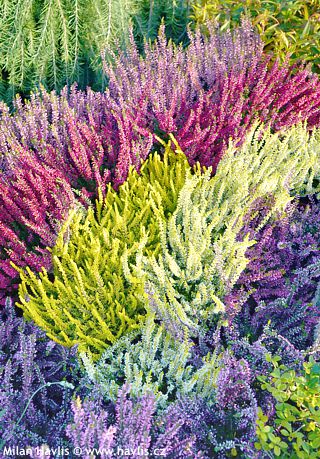
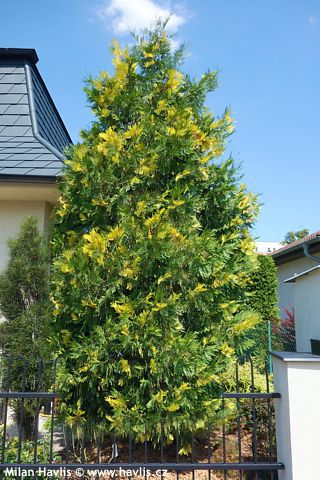
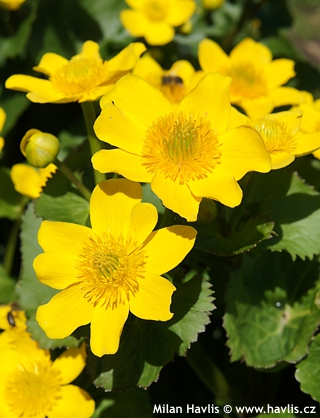
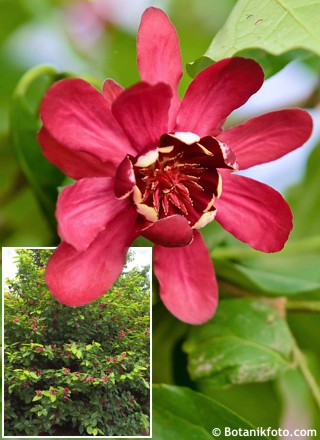
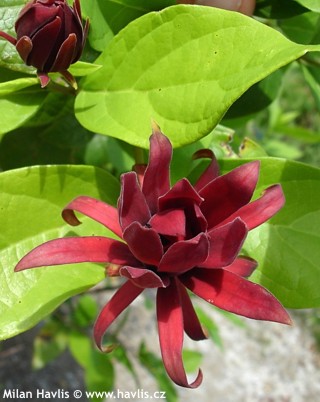
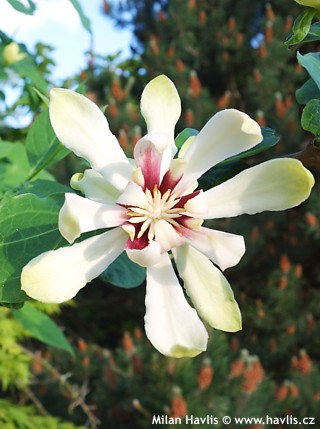
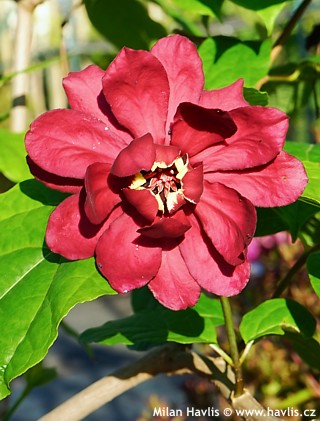
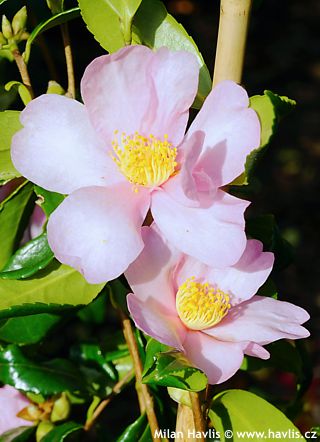
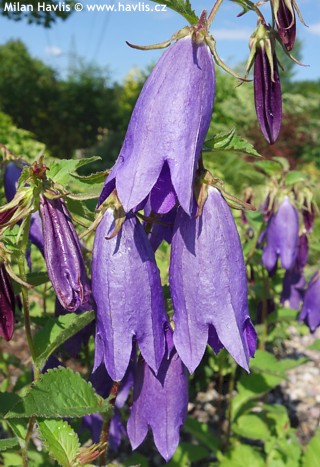
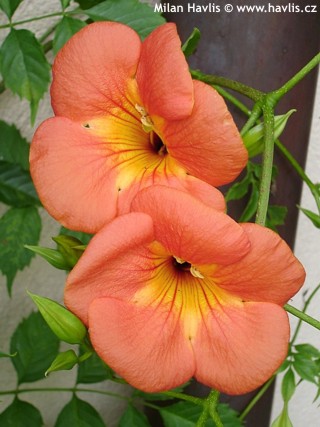
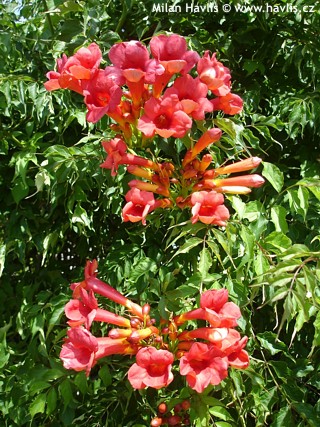
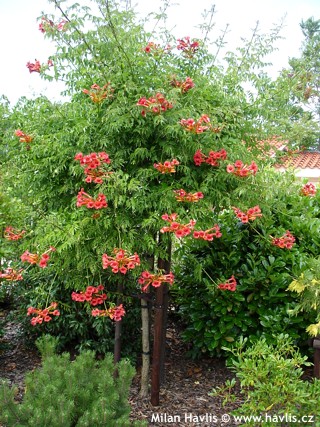
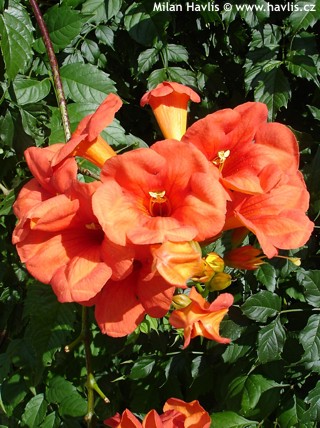
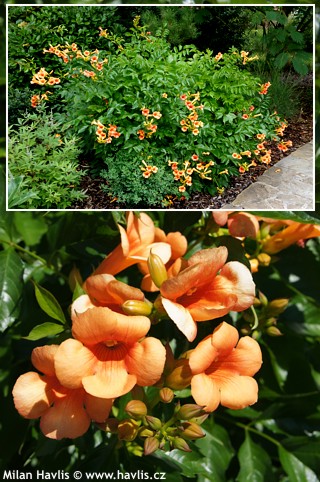
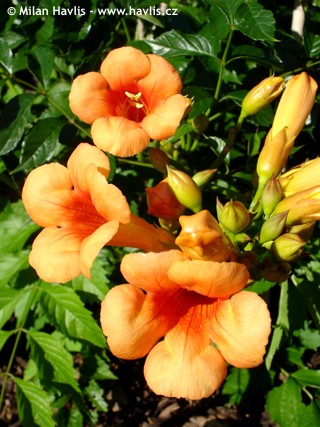
.jpg)
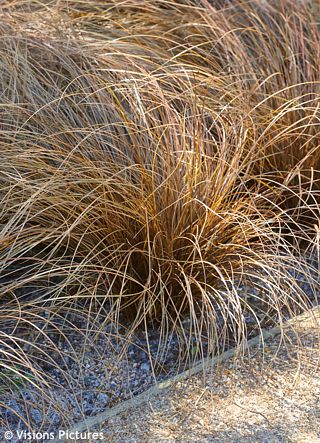
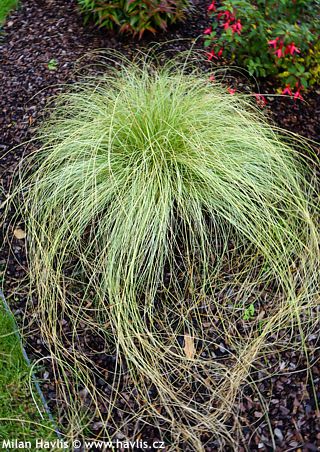
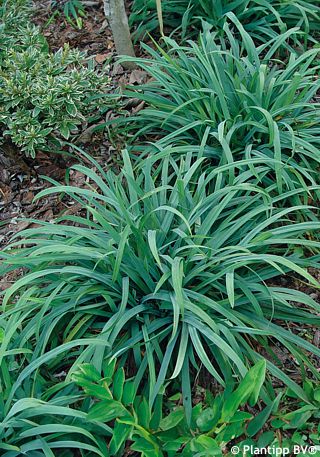
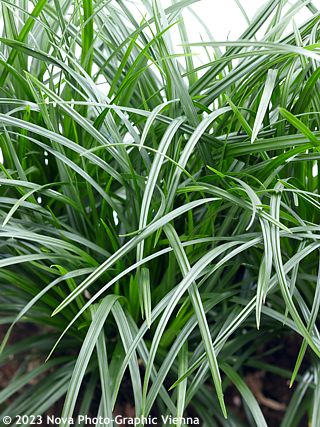
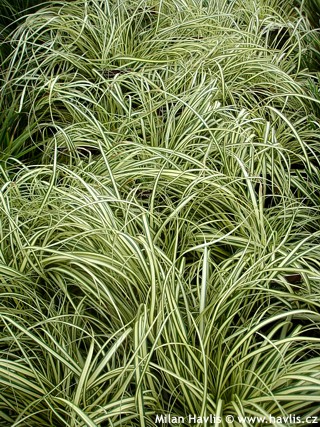
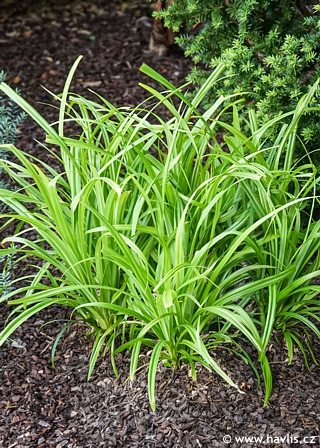
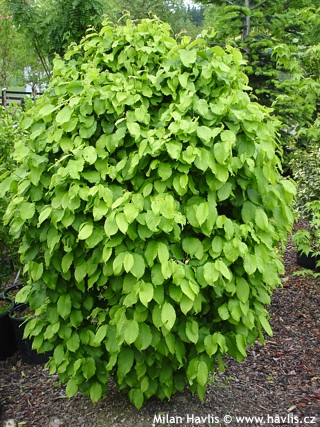
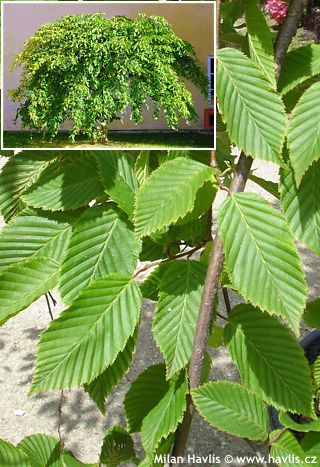
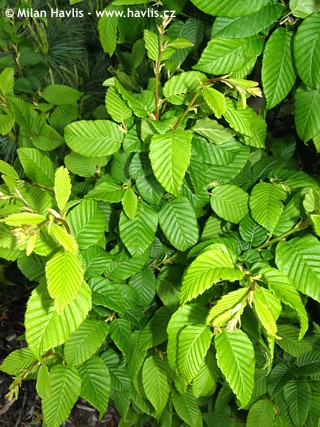
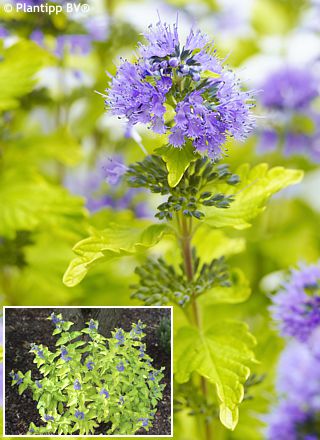
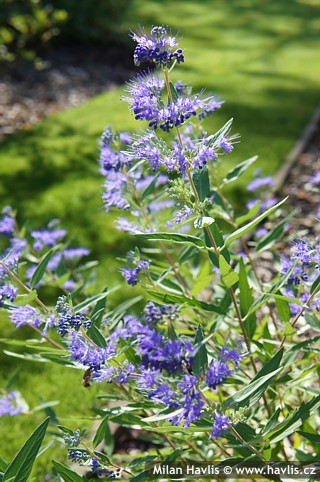
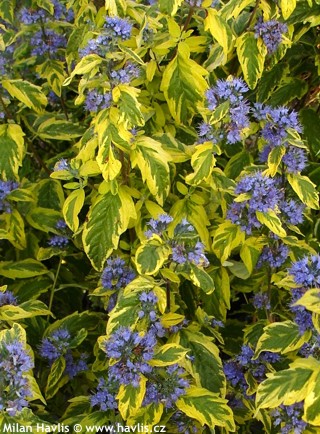
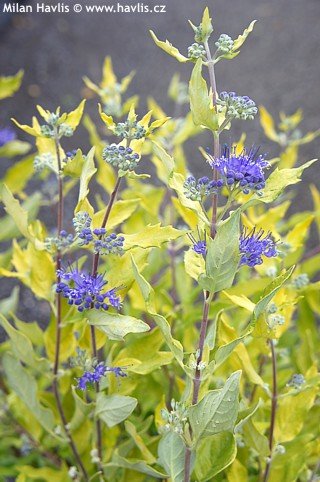
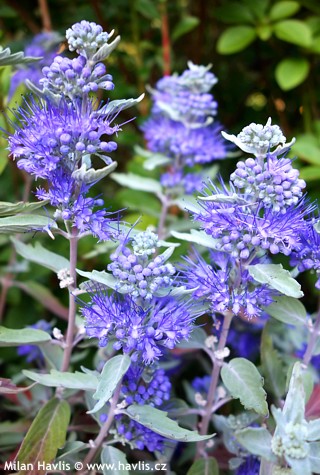
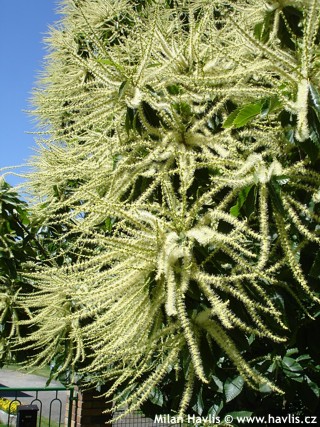
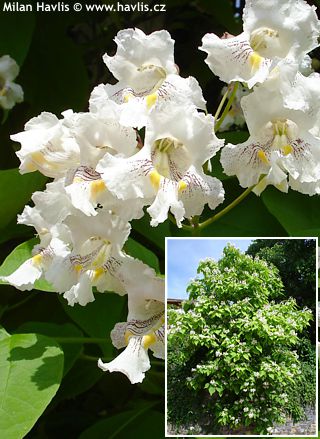
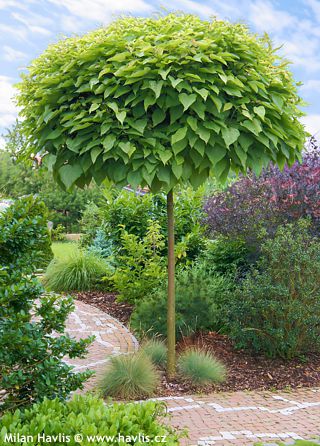
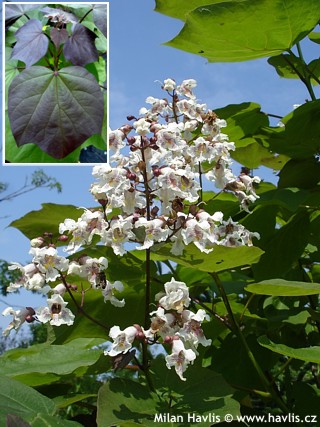
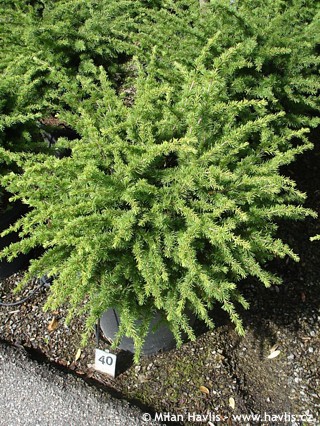
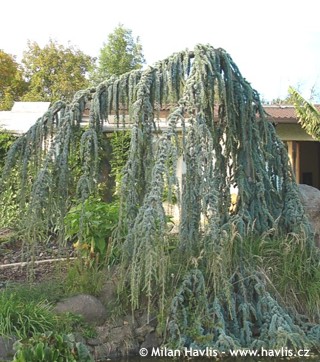
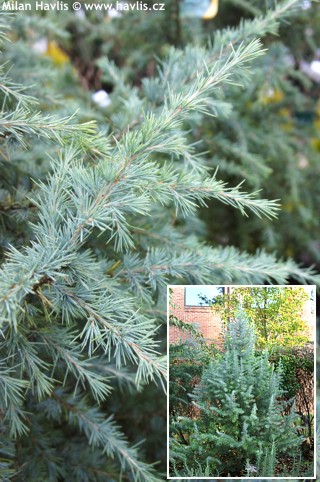
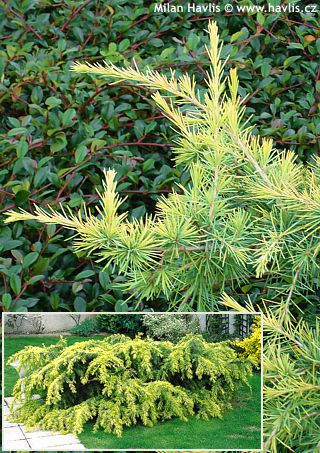
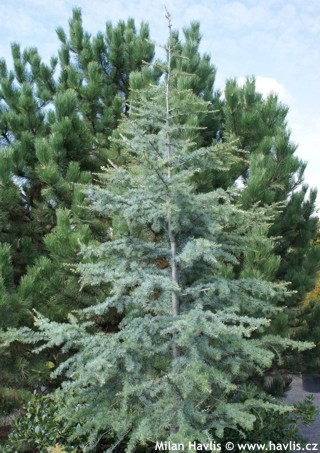
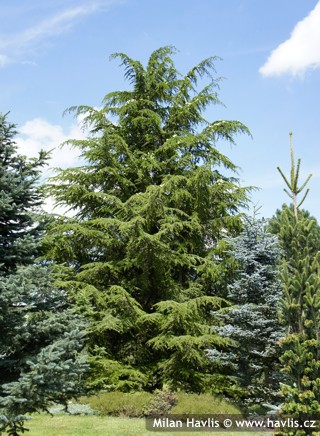
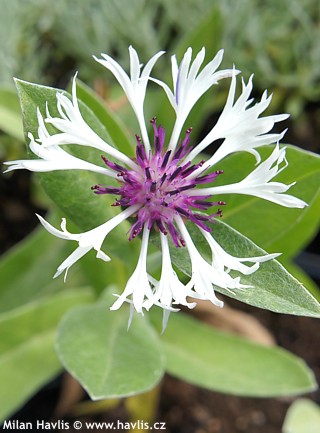
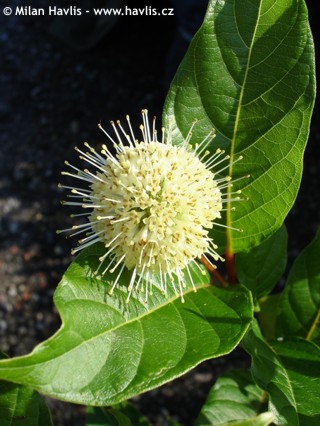
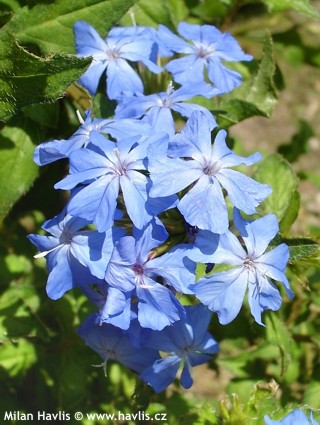
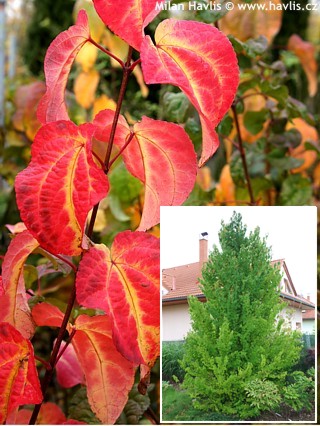
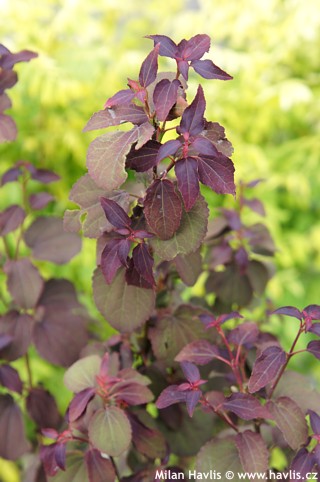
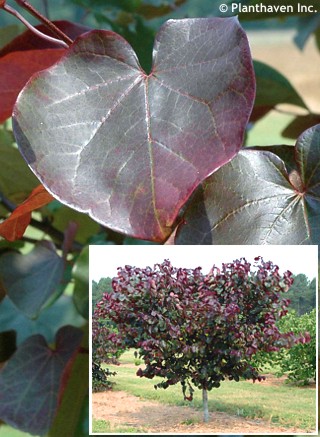
.jpg)
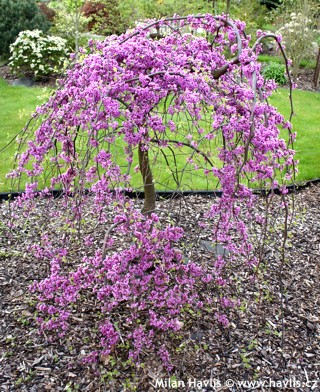
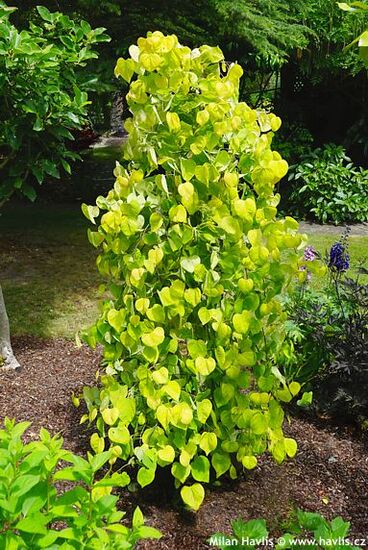
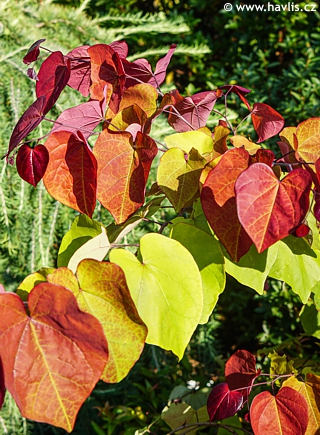
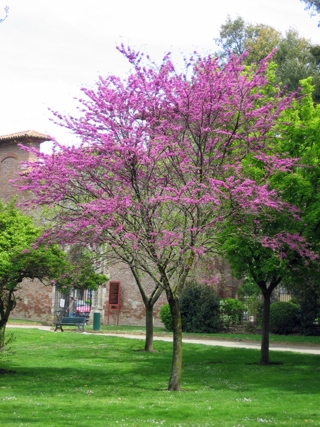
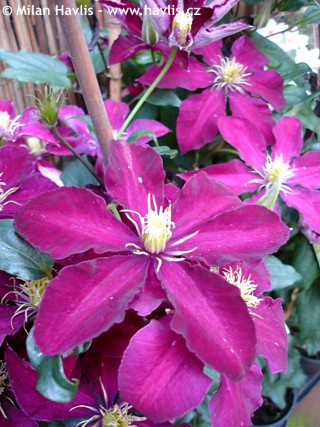
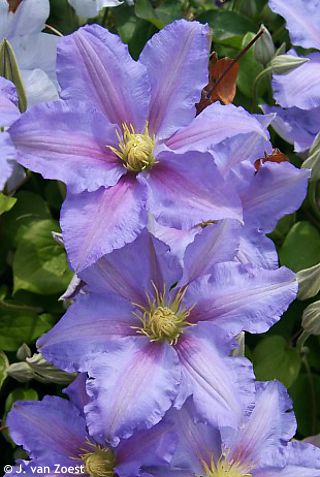
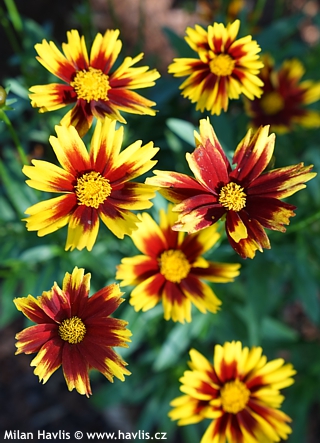
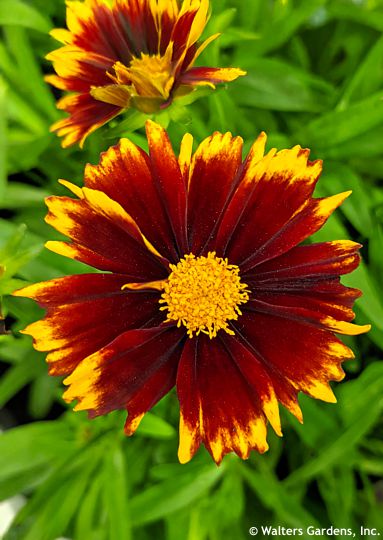
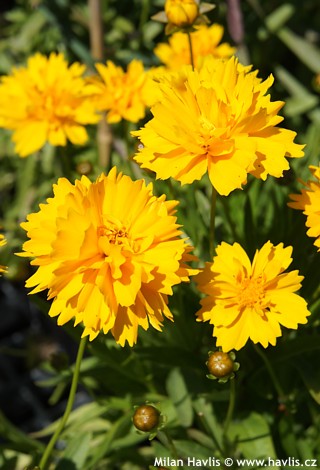
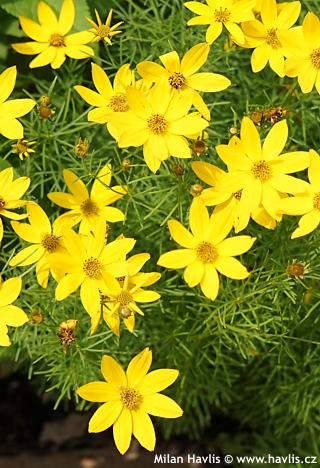
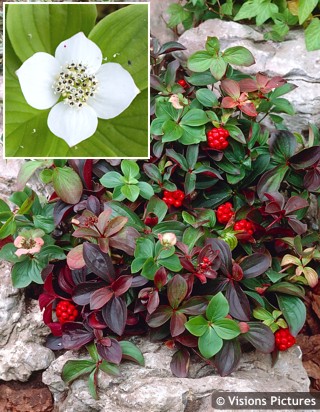
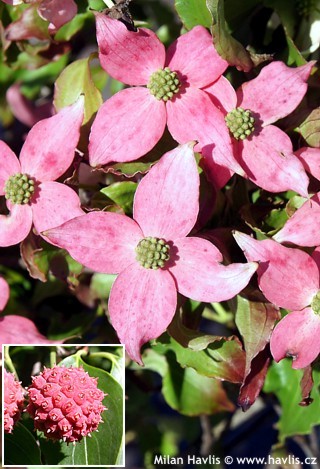
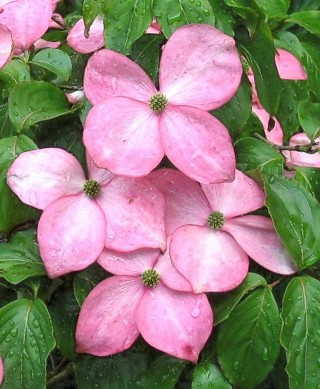
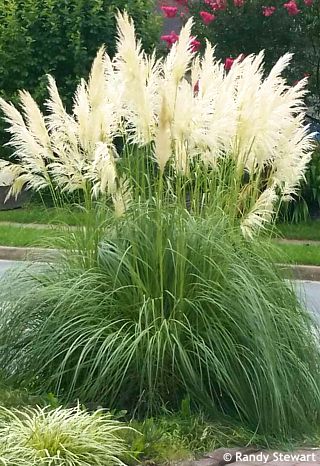
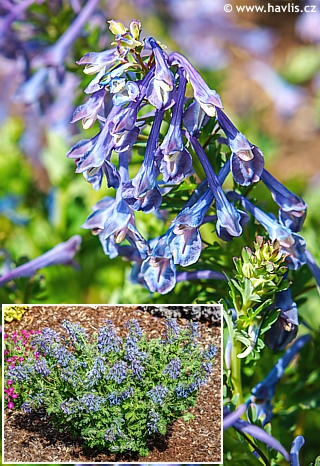
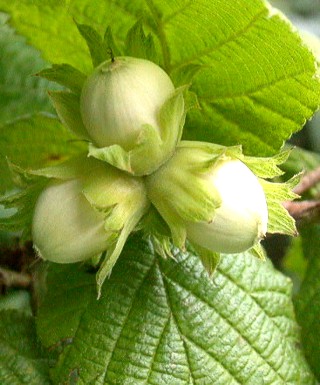
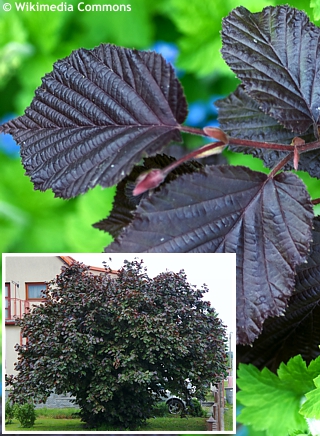
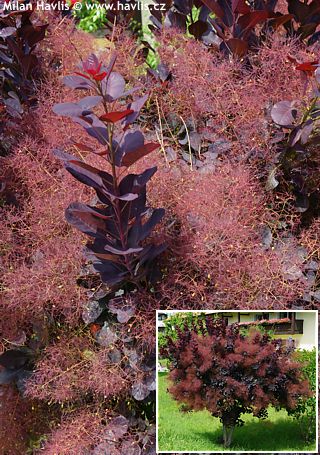
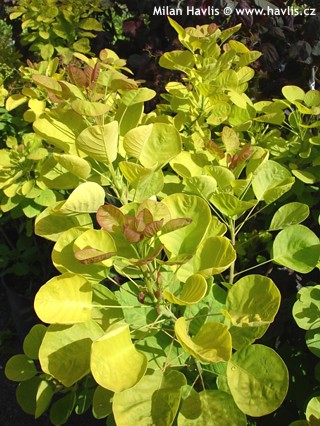
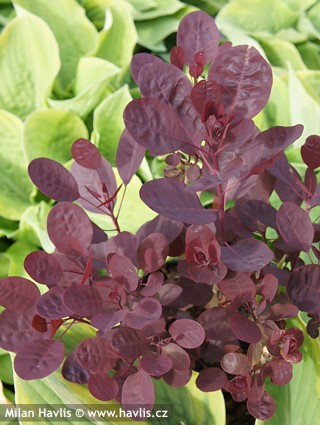
.jpg)
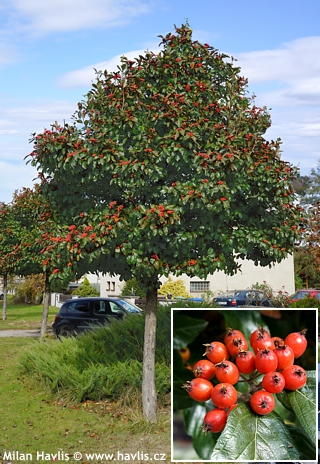
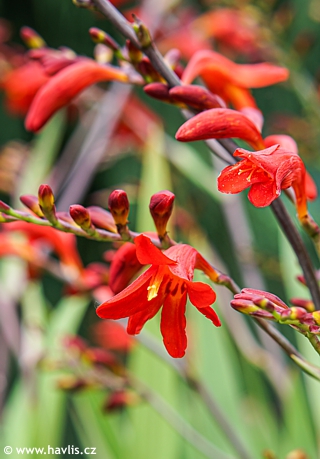
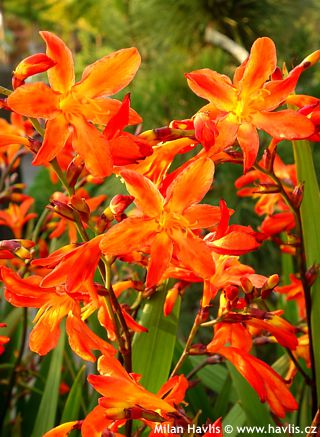
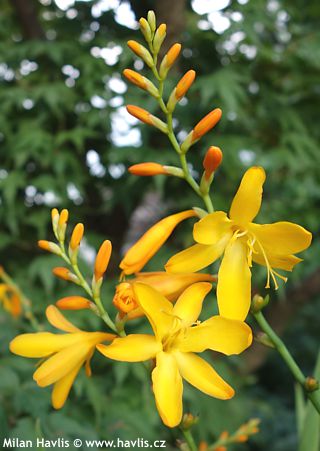
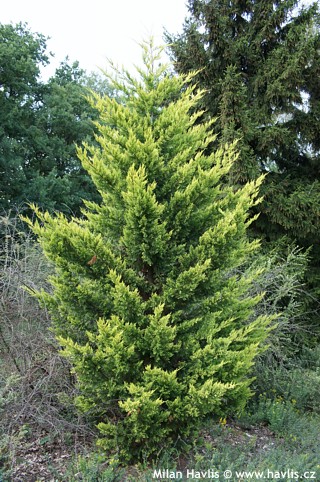
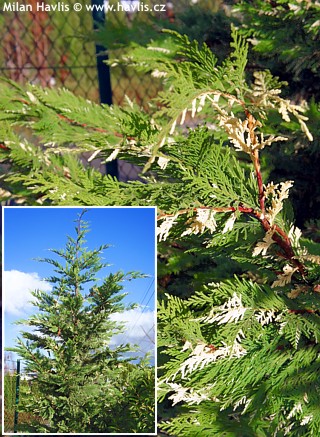
.jpg)
